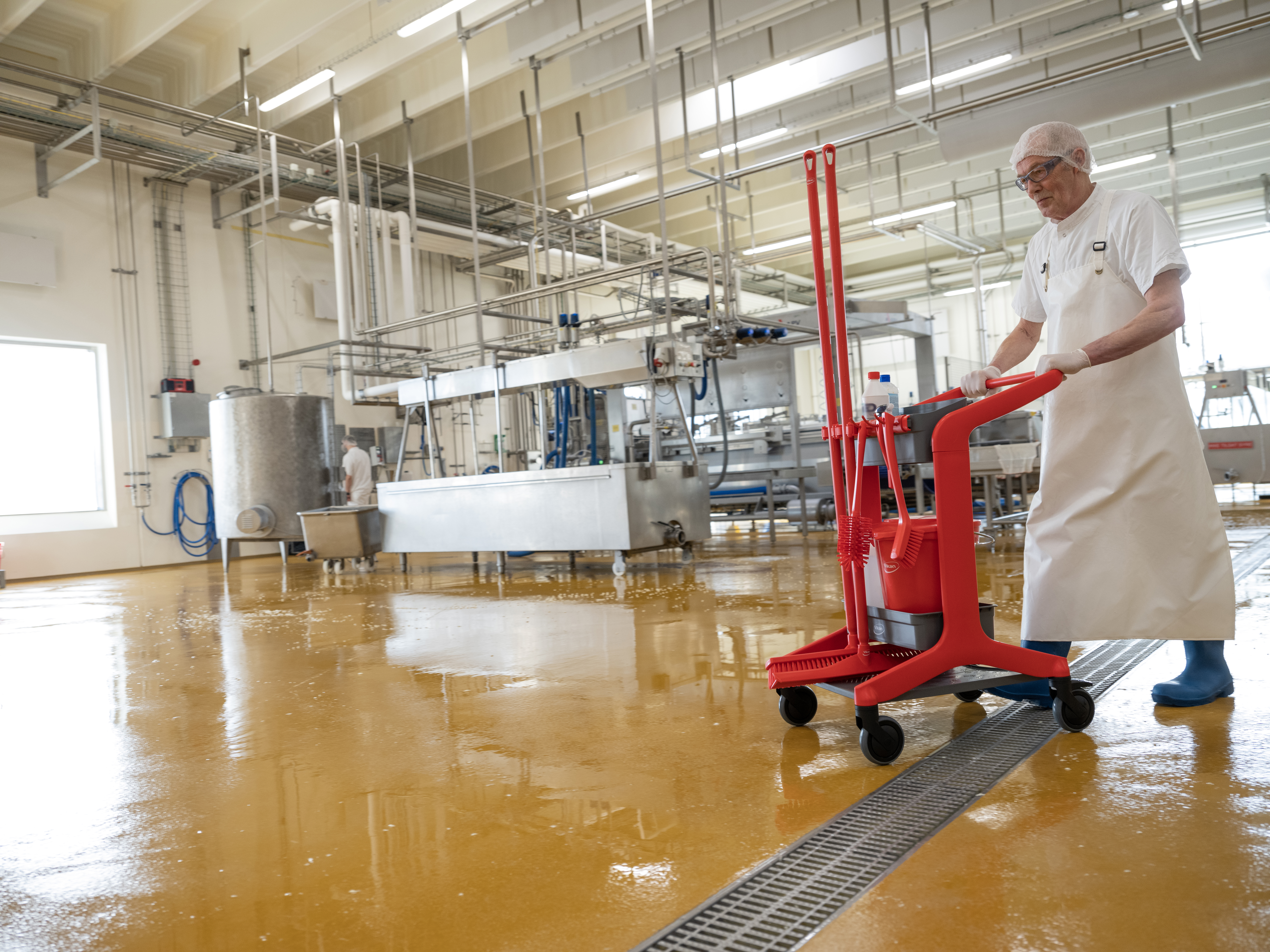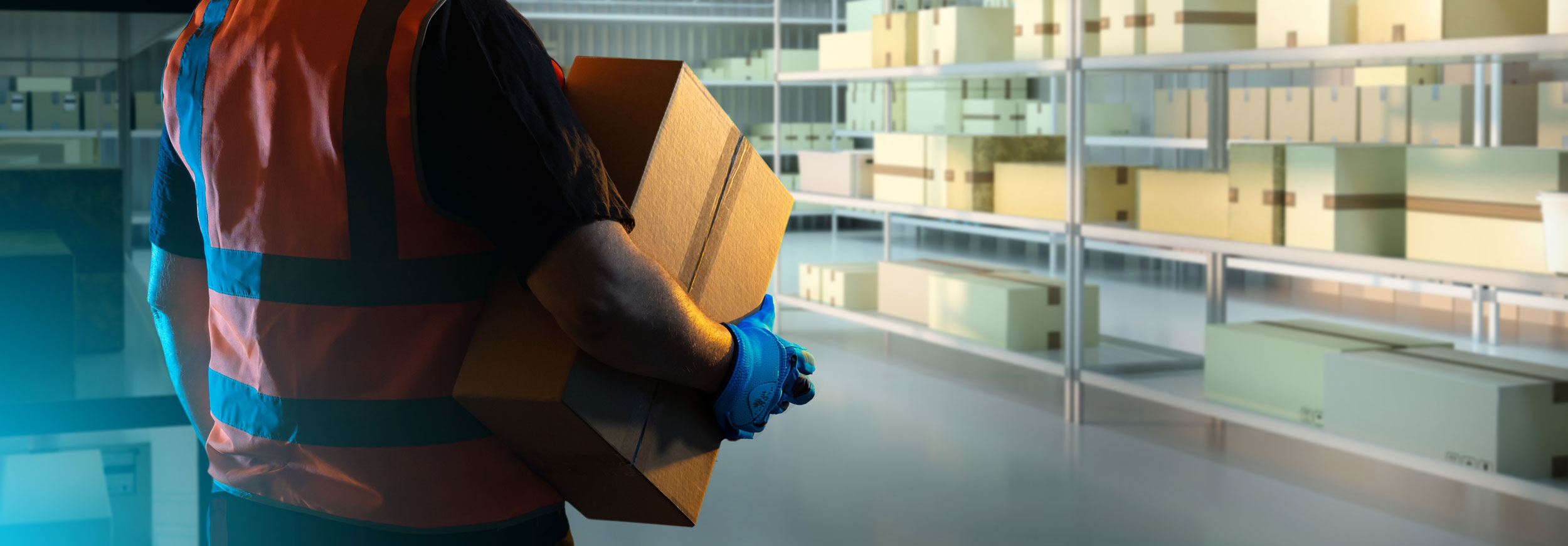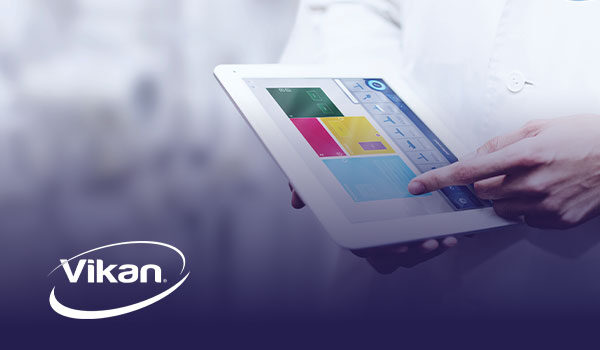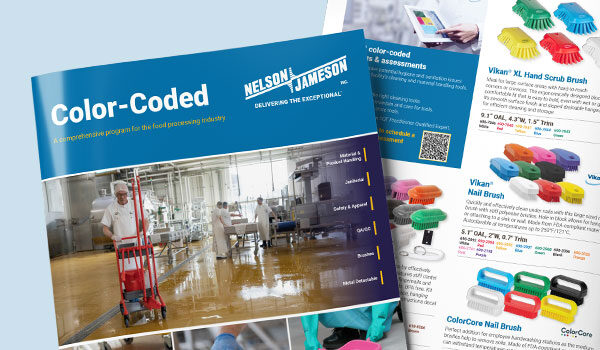
In the fast-paced food processing production area, maintaining order, preventing cross-contamination, and ensuring efficient workflow are always top-of-mind. As Nelson-Jameson shares with customers every day, color coding offers a simple yet powerful solution to these challenges. It's a visual language that communicates critical information instantly, minimizing risks and optimizing operations.
Let's quickly explores the diverse applications of color coding within food processing production areas. And for a deeper dive, visit our complete guide to color coding here!
Food processing production areas are where raw materials transform into finished products. This complexity can lead to errors if processes aren't meticulously managed by every person involved.
Color coding provides a visual framework that addresses these challenges:
Here's how color coding can be applied to various aspects of a food processing production area:
A well-designed color-coding system requires careful planning and execution:
Color coding is valuable for enhancing safety, efficiency, and organization within food processing production areas. By implementing a well-designed and consistently enforced color-coding system, food processors can minimize risks, streamline operations, and create a more productive and safe work environment.
Remember, the key to success lies in careful planning, thorough training, and ongoing review.

Cassi is a Product Manager - MRO Products at Nelson-Jameson.

November 13, 2025
In the demanding field of occupational safety, protecting workers requires more than just offering equip...

November 12, 2025
For professionals who must maintain productivity and a secure grip in frigid conditions, the MCR Safety ...
.jpg)
November 12, 2025
In demanding, hygiene-sensitive environments like food manufacturing and dairy processing, effective pro...

Recognize and address possible hygiene and sanitation challenges based on the cleaning and material handling equipment available in your facility.
Through a discovery call, virtual, or on-site assessment, Vikan SQF Practitioner certified specialists will assist in confirming that your system and cleaning tool inventory aligns with your risk management objectives while pinpointing any missing tools and enhancing maintenance and usage practices. Evaluate whether your existing tools are utilized in the most effective manner, or determine if a more suitable tool exists for the task at hand. Ensure that your tools comply with all relevant standards and regulatory requirements. Site evaluations encompass a summary survey, an overview of the location, a color-coded factory layout plan, product suggestions, a recommended order form, and a proposal for a follow-up survey.
Food Safety, Sanitation, Cleaning Tools, Color Coding

This is a comprehensive program for the food processing industry. Nelson-Jameson brings together the most extensive collection of color-coded products for material handling, product handling, janitorial, safety, apparel, QA/QC, and metal-detectable applications. With the right pieces, a color-coding system is a powerful tool in preventing cross-contamination of allergens and food-borne illnesses that can lead to sickness or expensive product recalls.

Food Safety, Sanitation, Cleaning Tools, Color Coding

With existing and emerging threats, food safety has never been more important to food manufacturers in protecting their consumers and their organization.
Color Coding

Laboratory, Color Coding, Food Safety